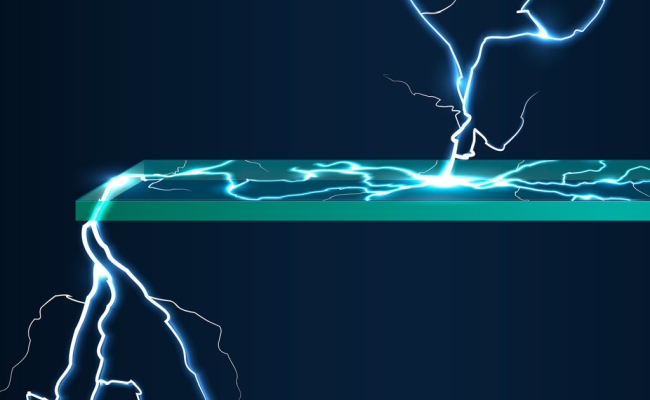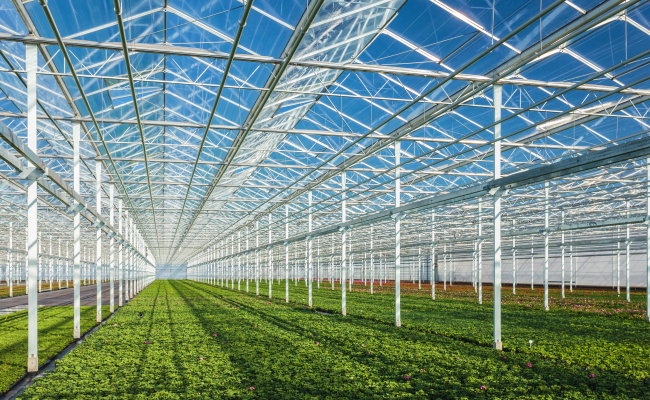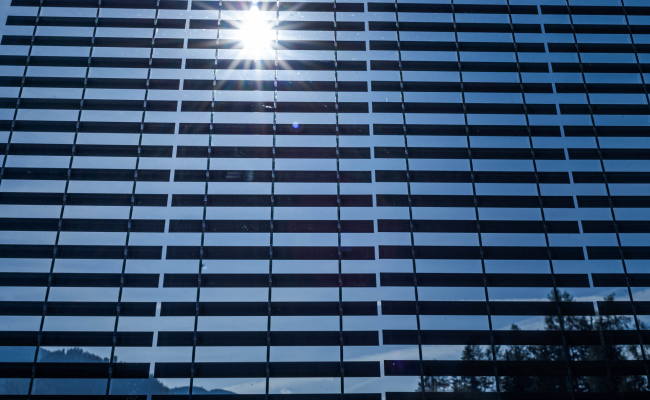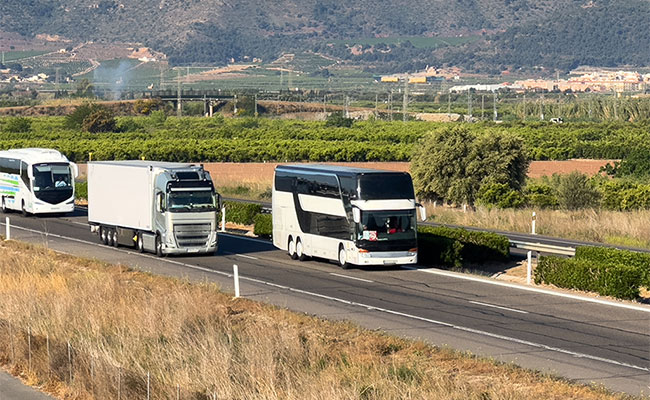Pilkington Sunplus™ BIPV
Pilkington Sunplus™ BIPV provides renewable power generating architectural glass solutions for building facades, windows, roof glazing, etc. with a high degree of transparency or full spandrel PV elements, combining efficiency and design. BIPV stands for Building Integrated Photovoltaics (BIPV) and refers to a building component which has been enhanced to perform as a renewable energy generating material in addition to being an integrated part of the architecture and building façade. Examples include windows, sunshades, spandrel glass and skylights.
Features & Benefits
- Seamless Integration: Pilkington Sunplus™ BIPV is designed for ease of integration into the design of a building, allowing for desired combination of aesthetics and performance.
- Custom Design: Partial and full layout of PV-cells allow for flexible design.
- Reliability: Pilkington Sunplus™ BIPV uses proven monocrystalline silicon PV cell technology for quality, durability, and performance.
- Attractive Aesthetics: - Elegant solutions to show renewable energy generation in harmony with transparency, privacy and functionality of the window.
- Sustainability: Pilkington Sunplus™ BIPV can assist with the with LEED and BREEAM certification process towards a Net-Zero Building, improving the sustainability credentials of a building.
- Compelling Economics: In addition to the value of renewable electrical energy generation, cost reduction could be possible by:
- downsizing of HVAC system,
- minimizing blinds and sunshades,
- reduced operating costs,
- possibility of incentives for PV available to both property owners and building developers.
Applications
Our latest development Pilkington Sunplus™ BIPV, provides power generating, architectural glass solutions for both vertical and horizontal applications, allowing building proprietors and developers to turn buildings into power-generating assets.
Pilkington Sunplus™ BIPV combines the proven reliability and efficiency of crystalline silicon technology with - aesthetics, design, quality, performance and our expertise in glass.
A range of products to support the transition to sustainable buildings with smart glass facades and to reach zero energy buildings.
Certification
Certification: Modules have been tested - by KIWA according to:
IEC 61215:2005 / EN 61215:2005 Crystalline silicon terrestrial PV modules (Design qualification and type approval),
IEC 61730-1:2013 / EN 61730-1/A2:2013 PV module safety qualification (Requirements for construction),
IEC 61730-2:2012 / EN 61730-2/A1:2012 PV module safety qualification (Requirements for testing).
Pilkington Sunplus™ BIPV Downloads
Pilkington Spectrum is a Windows-based glass performance model which enables you to quickly and efficiently calculate key properties of a wide range of single glazing and insulating glass units. Also available as an app for mobile devices, you can use Pilkington Spectrum to provide the following information:
- Light and solar properties (transmittance, reflectance, absorptance, g value, etc.).
- Centre pane Ug-value.
- Sound insulation values.
- Global Warming Potential (GWP), or carbon footprint.
- Ultra violet (uv) transmittance and colour rendering index (Ra).
- Other properties (e.g. pendulum body impact resistance, fire resistance, resistance to manual attack, etc.).






























